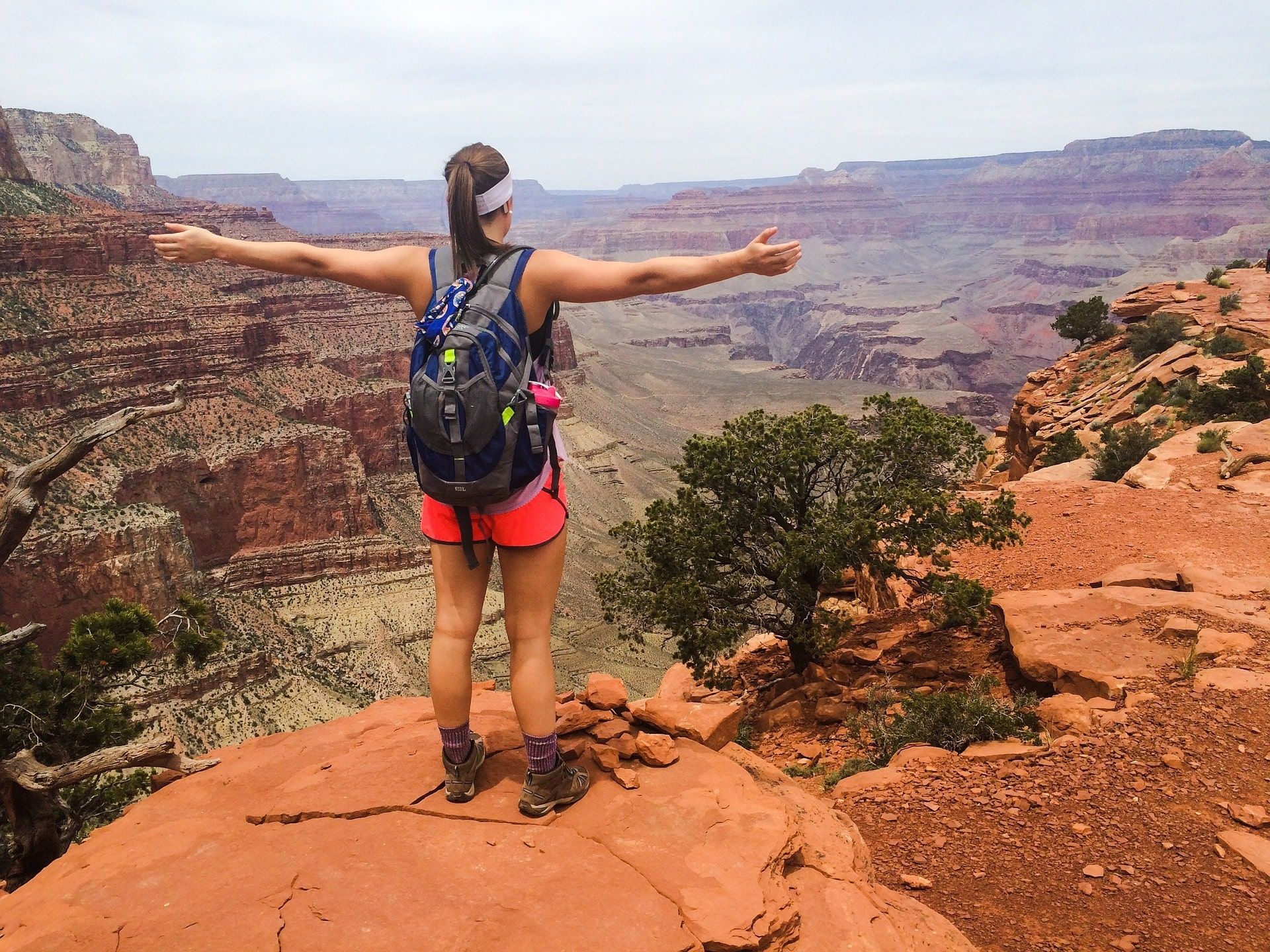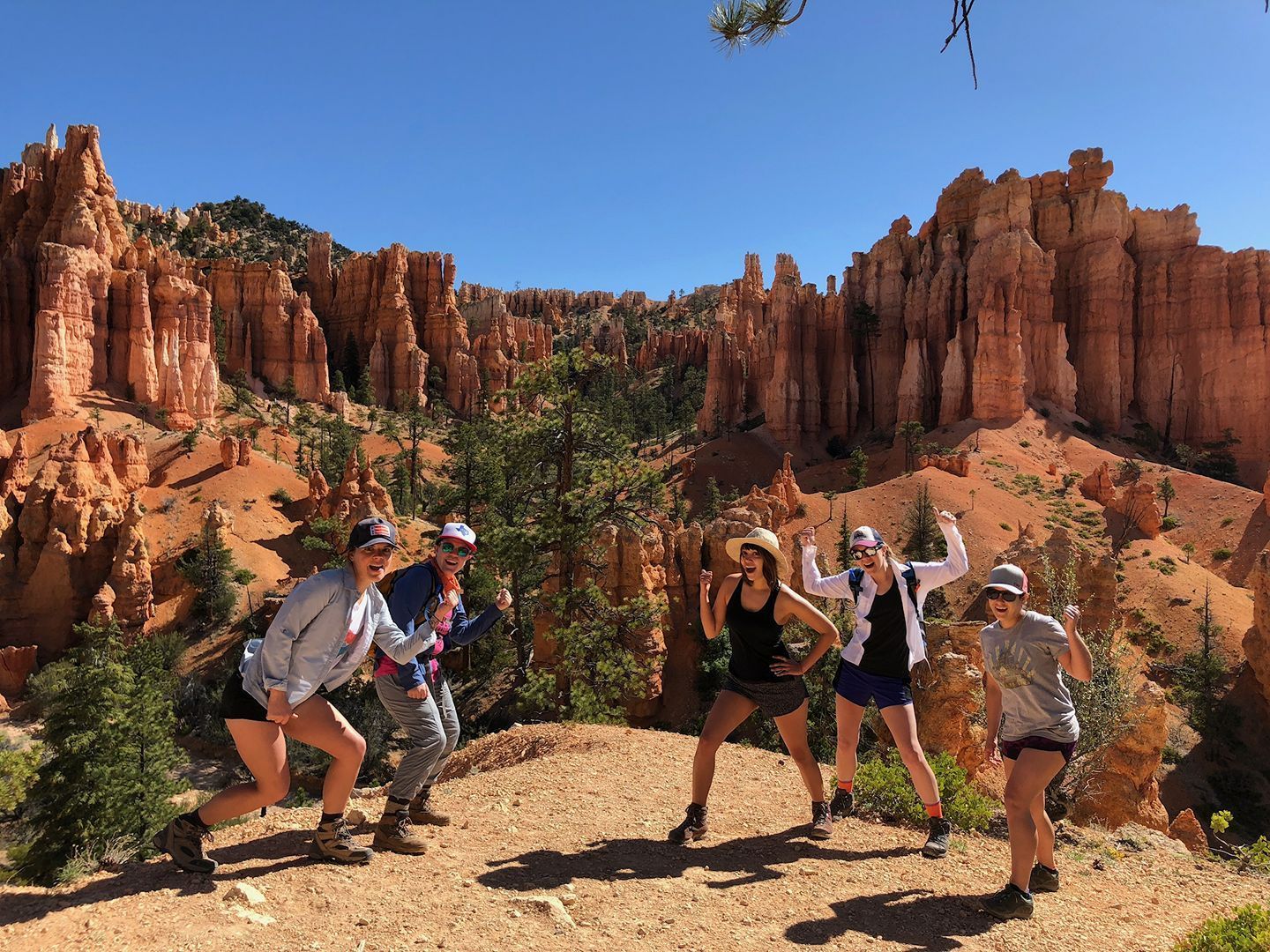Training for Your Trip: Hiking Boots – It’s All About the Fit

Feel your toes wiggle. That is when you know you have discovered the hiking boot for you. A comfortable hiking shoe should feel snug and supportive around the heel but up front there should be room for your toes to stretch out a bit.
When shopping for hiking boots go prepared with the socks you intend to wear on the trail or buy them at the same time. Also shop for your footwear later in the day since everyone’s feet swell during the course of daily hustle and bustle. This will insure there will be no surprises when you lace up the boots at the trailhead.
Just as critical as the fit of your new hiking shoes to your feet is the match of the boots to your hiking style. This decision will determined by the loads you intend to carry and the terrain you pack it in on. Day hikers who seldom stray from well-worn trails are best served by low-cut shoes with flexibility and breathability. Backpackers, however, will gravitate towards durable high-ankle boots that will stand up to heavy loads.
The watchword for hiking boots is weight. Boots can be constructed of anything from lightweight synthetics to rugged leather. Hikers want to get away with the lightest shoes possible that will provide support on the trail. In desert terrain, a mid-weight boot with ankle support is a good choice. Look for a stiff midsole that will act as a shock absorber when clambering over uneven, rocky terrain.
Mid-weight boots also require little break-in time compared to their brawny leather cousins. Regardless of how good a boot feels in the store, however, always give your new shoes a workout before a big trip. Nothing will ruin a long-awaited expedition like blisters on the first day. Also if your boots and socks do not provide adequate water resistance, slip waterproofing treatments into your backpack. Wet skin becomes soft skin which blisters more easily.
Four Season Guides, 506 N Grant St suite o, Flagstaff, AZ 86004, United States
+19285251552
35.19653980, -111.62000560





